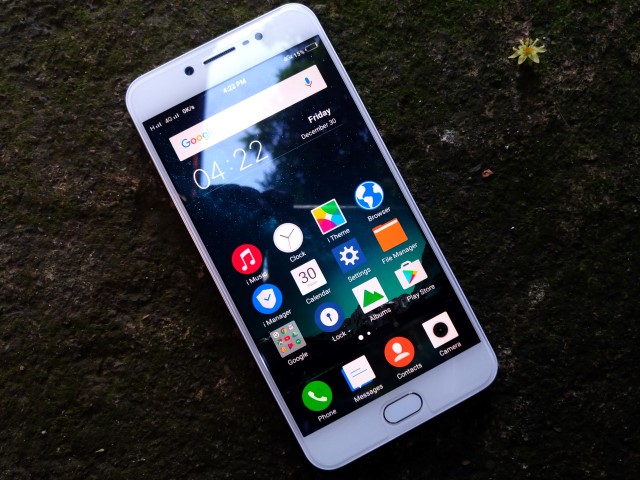The Vivo V5 is the latest addition to the company’s mid-range lineup of smartphones. Unlike the V3 Max, which was more focused on performance, this device’s main weapon is the tiny little lens at the front, which allows users to take a “Perfect Selfie”. But does it do justice to its PhP12,990 price tag? Is it more than what it touts? Let’s find out in this full review.
Design
Similar to its predecessors, the V5 sports the famliar look and feel that Vivo smartphones are known for. Glass front, metal back with a matte finish, and a band that runs around the device gives it that distinct premium finish.
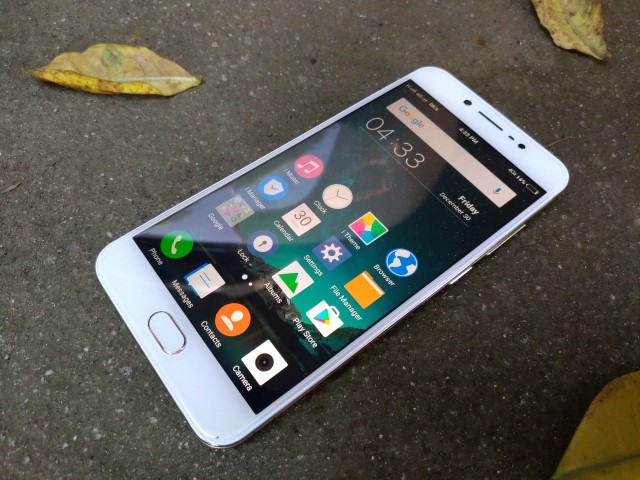
A 2.5D curved glass covers the 5.5-inch display, along with the familiar sensors, and the 20MP front-facing camera. One thing to take note of is that you’ll only be able to see the markings on the capacitive buttons once they are illuminated.
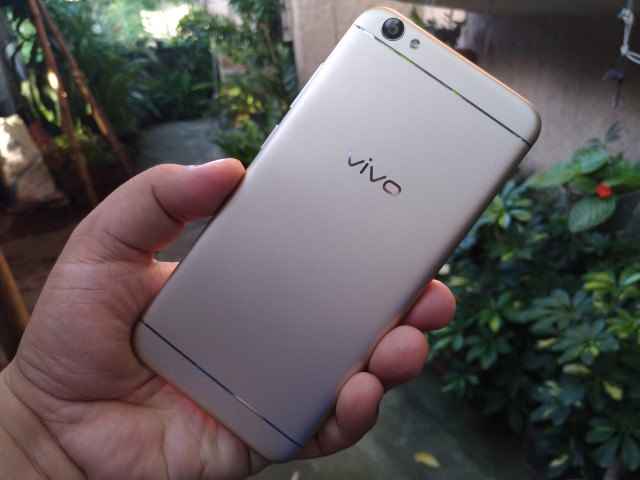
The back houses the 13MP camera with LED flash, along with some branding.
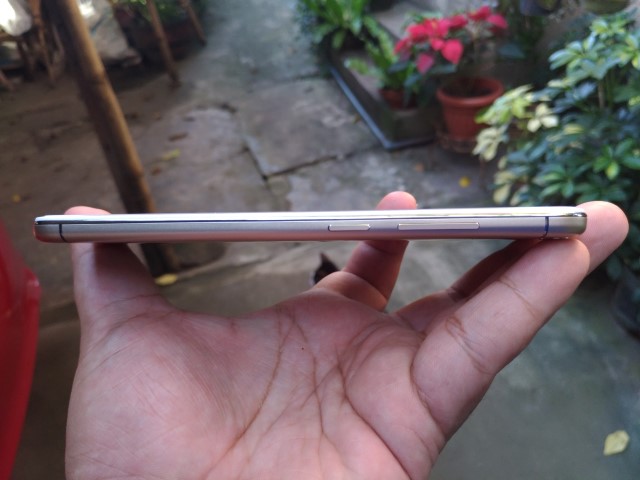
The power button and volume rocker is housed at the right side, while the SIM Tray is placed on the left side of the device.
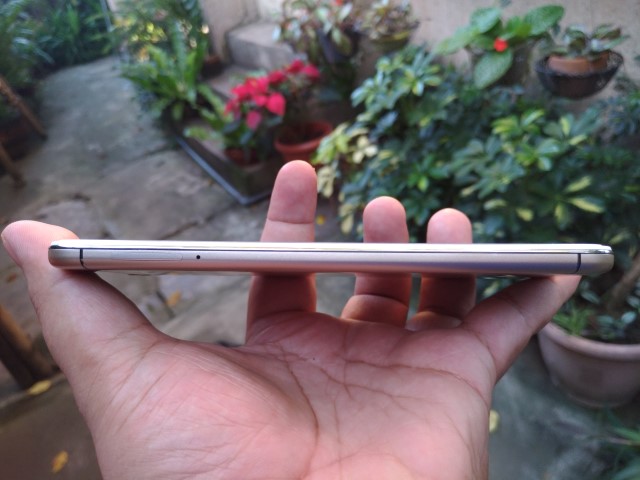
At the bottom, you’ll find the speaker, microphone, headphone jack, and a standard MicroUSB port.
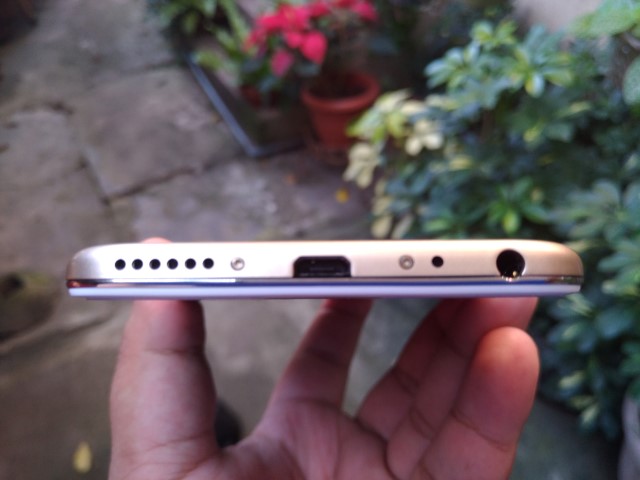
Display
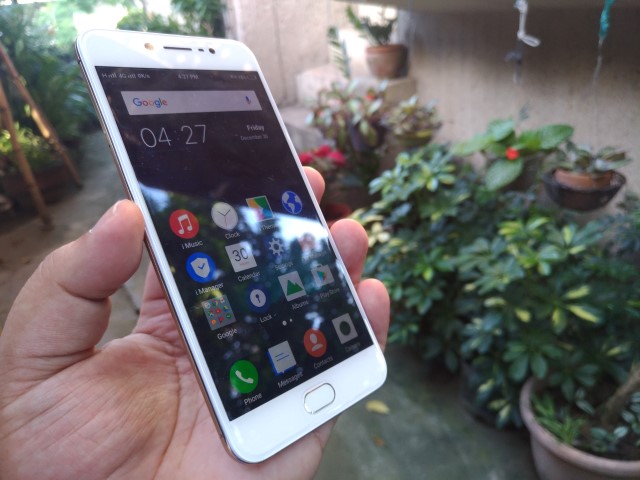
At this price point, I was expecting a full HD display, but regardless, the V5’s 5.5-inch 720p screen still looks gorgeous that you would’t even notice the difference. It’s vibrant, vivid, and bright. The screen also has great viewing angles, and content is readable even in direct sunlight. As such, playing games and watching movies are even more fun and immersive.
Performance
Vivo V5 Specs
- MT6750 Octa-Core Processor
- 4GB of RAM, 32 GB of Internal Storage Expandable up to 128GB via MicroSD Card
- 5-inch HD IPS Display with 2.5D Curved Glass
- 13MP Rear Camera, PDAF
- 20MP Front-Facing Camera, f/2.0
- LTE, Dual SIM
- Funtouch OS 2.6 on top of Android 6.0 Marshmallow
- 3000mAh Battery
The V5’s octa-core processor is effective at handling basic tasks such as email, web browsing, social media, watching videos, and listening to music; and the 4GB of RAM makes multi-tasking a breeze.
-

- v5 antutu2
-

- v5 antutu3
-

- v5 gb1
-

- v5 gb2
-

- v5 gb3
-

- v5 gb4
-

- v5 gb5
-

- v5 vellamo1
-

- v5 vellamo2
-

- v5 vellamo3
-

- v5 vellamo4
Although the V5 was able to handle less graphic intensive games such as DJ Max Technika Q and Implosion quite well, the processing package starts to experience hiccups when playing a heavy game such as Asphalt 8 with the framerate dropping to as low as 17 fps. Of course, you can lower the settings to get smoother gameplay, but at this price point, I was expecting it to perform better at high settings. The device also noticeably heats up quite fast even only after a few minutes of gameplay.
Camera
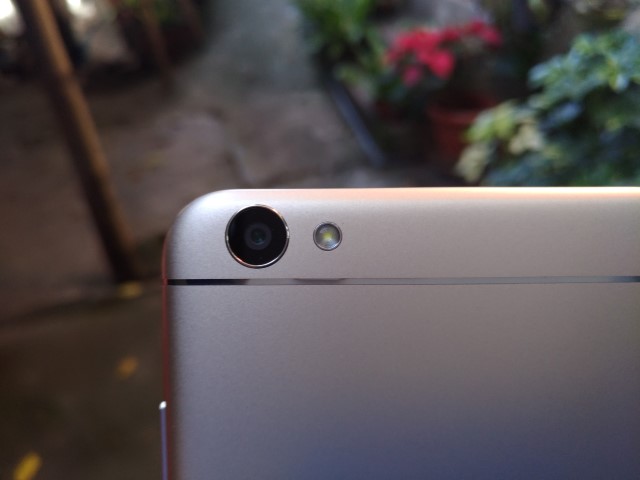
The V5 sports a 13MP rear camera which takes good photos in ample lighting. Focus is also quite fast. As the condition of subject worsens, the camera starts to struggle, but still produces decent night shots with minimal noise.
-

- v5 cam2
-

- v5 cam3
-

- v5 cam4
-

- v5 cam5
-

- v5 cam6
-

- v5 cam7
-

- v5 cam8
-

- v5 cam9
-

- v5 cam10
-

- v5 cam11
-

- v5 cam12
-

- v5 cam13
-

- v5 cam14
-

- v5 cam15
-

- v5 cam16
-

- v5 cam17
In a sense, the V5 is also quite unique due to it being the only smartphone that sports a 20MP front-facing camera with f/2.0 aperture and coupled with a front-facing flash. It can definitely can definitely produce well-lit and amazing selfies in low-light conditions.
-

- v5 cam 20
-

- v5 cam21
-

- v5 cam22
-

- v5 cam23
-

- v5 cam24
-

- v5 cam25
-

- v5 cam26
-

- v5 cam27
-

- v5 cam28
-

- v5 cam29
In good lighting conditions, the V5’s selfies I took came out sharp and with good amounts of contrast. In the opposite, you’ll notice the noise buildup but the overall image still looks very nice. What surprised me is how well it managed to keep the details on the focused subject even in a challenging environment. The Huawei P9 was able to achieve this, but such a smartphone belongs to the higher mid range category. Plus, the Vivo V5 is way cheaper than Huawei P9, and it surely does not disappoint in the camera department.
-

- v5 cam int1 e1483196868959 rotated
-

- v5 cam int2 e1483196887616 rotated
-

- v5 cam int3 e1483196900250 rotated
-

- v5 cam int4 e1483196912212 rotated
-

- v5 cam int5 e1483196922978 rotated
The default camera app doesn’t offer a lot of shooting modes, but it does have a professional mode, which allows you to tweak a variety of settings for your shot including white balance, ISO, and shutter speed.
Sound
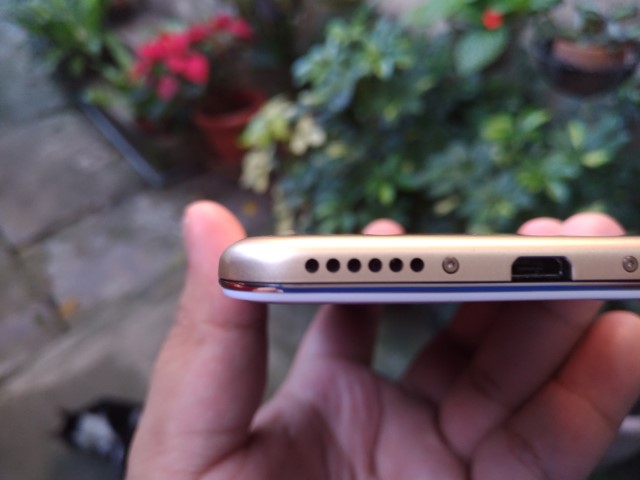
The V5 is equipped with a dedicated audio chip, which stays true to its promise of good sound. The speaker can get quite loud, and it’s impressive that there is very little to no distortion even at high volume. The sound seems to be more of a balanced signature with just the right blend of bass and treble. Pop tracks should sound really good on this one.
-

- v5 audio 1
-

- v5 audio 2
-

- v5 audio 3
The same is evident when using headphones. And while it certainly isn’t to everyone’s listening pleasure, you can easily tweak some knobs in the default music app to suit your preferences.
Software
-

- v5 int1
-

- v5 sys2
-

- v5 sys3
-

- v5 sys4
-

- v5 sys5
-

- v5 sys6
-

- v5 sys7
-

- v5 sys19
-

- v5 sys20
-

- v5 sys8
-

- v5 sys9
-

- v5 sys10
-

- v5 sys11
-

- v5 sys12
-

- v5 sys13
-

- v5 sys14
-

- v5 sys15
-

- v5 sys16
-

- v5 sys17
-

- v5 sys18
FunTouch OS returns in the V5, and brings along all the goodies such as the control center, the minimalistic but well-made Music app, and the vast options to customize the look, feel, and behaviour of the UI. It’s fast, smooth, and has a good overall flow. Some elements may take a bit of getting used to, especially for first-time Vivo users, but you’ll find that this unique and fresh approach to Android is actually quite fun and interesting to use once you get the hang of it.
Battery
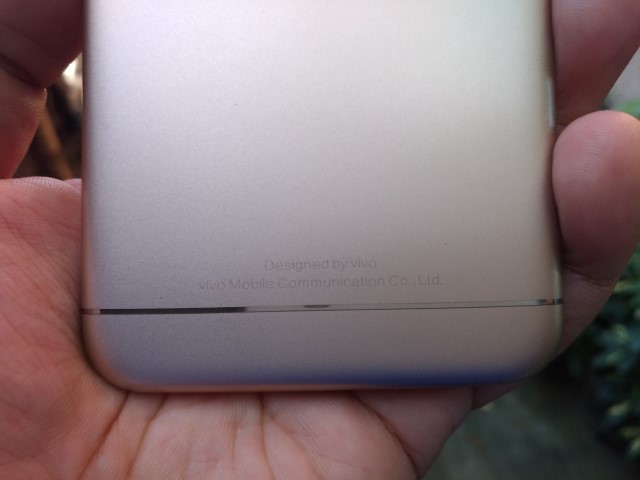
The V5 has excellent battery life. Using a test of playing a video on loop at 50% brightness and 80% volume, the 3,000mAh battery yielded an impressive 13 hours of on-screen time! Charging time from 1% to full only took less than 2 hours.
Verdict
The Vivo V5 indeed justifies the price tag. It’s a good example of what can be done when focusing on one feature, but not leaving the other important things behind.
There are a lot of things to like about this device: premium look, excellent battery life, good sound quality, a unique and fresh take on Android, and of course, the camera performance.
It does have its shortcomings, such as the lack of any stabilization, the less than stellar gaming performance, and the display (which I think should already be at Full HD, given the price).
In the end, it comes down to which features you prioritize: If you love selfies, then this is a great choice. But if you’re looking for sheer performance, its older brother, the V3Max, would be a better pick.
The Good
- Overall design
- Camera performance
- Battery life
- Well-optimized UI
- Sound quality
- Fast fingerprint recognition
The Not So Good
- 720p display
- No stabilization
- Heating issue
- Gaming performance
Emman has been writing technical and feature articles since 2010. Prior to this, he became one of the instructors at Asia Pacific College in 2008, and eventually landed a job as Business Analyst and Technical Writer at Integrated Open Source Solutions for almost 3 years.

